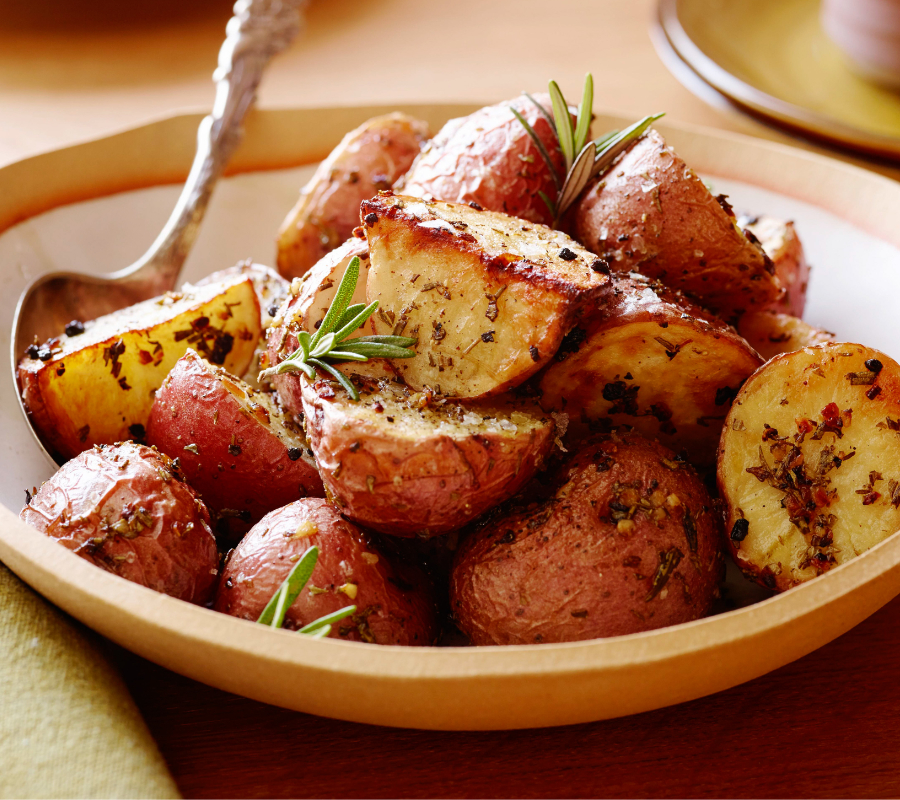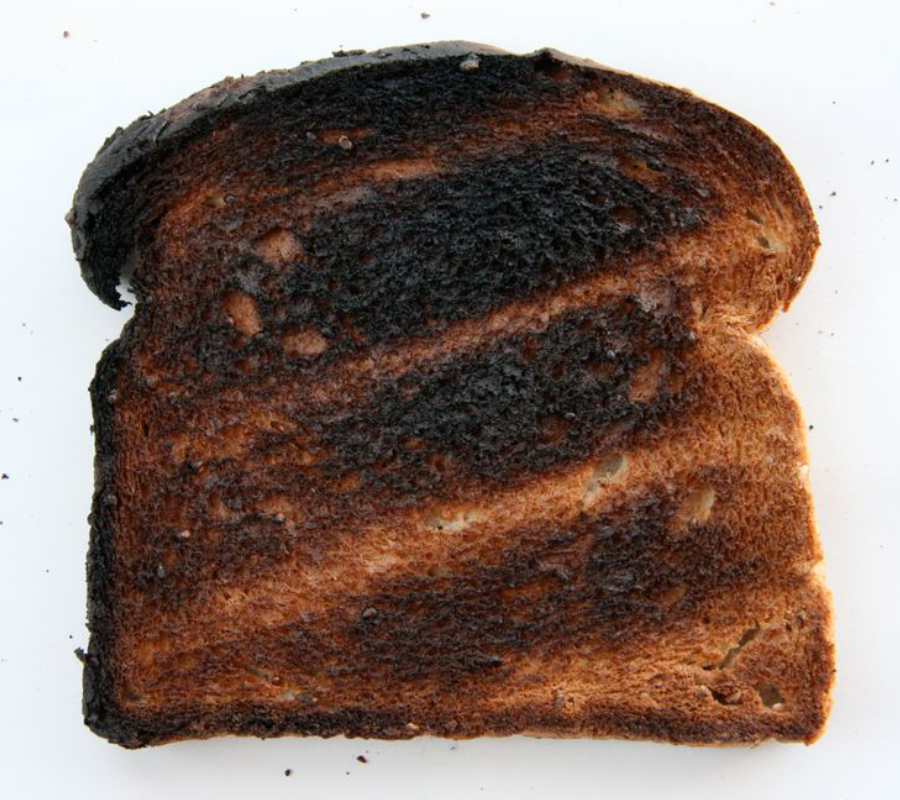Through the Total Diet Study, researchers determined that acrylamide, a chemical that forms in toasted starchy foods, has the potential to cause cancer.
The TDS is based in the UK, where its objective is to quantify the exposure of the public to chemicals and other potentially harmful components in food. The highest concentrations of acrylamide were present in overcooked snacks, potatoes, and cereals, while the lowest were present in tap and bottled water.

Do not eat burnt toast!
According to the study, acrylamide forms when foods are subjected to high temperatures as they are cooked and processed. It is a derivative of the amino acid asparagine whenever it is heated above 248°F and if there are other amino acids and sugars present. It is known to exist in large quantities in common foods and drinks such as potato chips, toasts, french fries, and coffee.

Salted snacks resulted in a 360 µg/kg concentration, while potato chips showed an 181 µg/kg concentration, followed by a variety of cereals with a 65 µg/kg concentration. The results were in line with a previous TDS study that took place back in 2005.
The effects of acrylamide exposure
According to Sir David Spiegelhalter, a professor at Cambridge University, acrylamide is used as an industrial sealant, where workers exposed to the substance have suffered from severe neurotoxicity episodes. Also, when tested on mice, high concentrations of the substance were shown to increase the risk of getting cancer.
Although it is alarming to discover that a carcinogen is present in several standard meals, scientists assure that “it is not possible to avoid dietary exposure to acrylamide entirely.” It is also noted that the survey does not clarify the overall risk of cancer due to an increased exposure to acrylamide.
“There have been efforts to reduce concentrations of acrylamide in food over recent years, but the evidence so far is not sufficient to demonstrate whether there has been a decrease in dietary exposure. The dietary acrylamide exposure levels for all age classes are of possible concern for an increased lifetime risk of cancer,” the study reads.
The solution: ‘Go for Gold’
As a response to the potentially harmful effects of acrylamide, the UK Food Standards Agency has launched the campaign “Go for Gold” with the help of Olympic gold medalist Denise Lewis. The objective is to educate consumers about exposure to acrylamide when cooking at home.
The idea is that, when cooking, one should “go for gold” in a sense that a golden yellow color or lighter is the ideal basis for toasting or frying starchy foods. It is also recommended to follow cooking instructions when frying or heating said products, as the instructions always point out the way they are meant to be cooked. This ensures that the cooking temperature is sufficiently low.

Also, it is advisable not to keep raw potatoes in the fridge if the intention is to fry or roast them, as researchers suggest that it can increase acrylamide levels. The best way to store raw potatoes is in a dark, cool place with a temperature no lower than 42°F.
On the other hand, the FSA recognizes that there is a knowledge gap regarding the real exposure to acrylamide. Previous studies suggest that the main factors behind its consumption are the variations in cooking methods and overall consumer behavior. The problem is that, so far, there is not enough research data to determine specific strategies that people could apply to reduce their acrylamide consumption.
In a different paper, the FSA performed several case studies to determine how home cooking could be associated with acrylamide levels.
The first case was a retired man who cooked frozen oven potato chips for himself and his wife. The chips had been stored in the freezer for a couple of days, at a temperature of -4°F. The oven was set to 320°F, and the man stated that he intended to cook the chips for 15 minutes. He did not pay attention to the cooking guidelines which suggested that 500g of chips should be prepared in a preheated oven at 445°F for 22 minutes until “lovely, crisp, and light golden.”
The participant removed the chips from the freezer and put on oil on top of a trail, again, disregarding cooking instructions. The chips were put in the oven and stirred twice. Each time the man opened the oven the variation in temperature was measured. After 15 minutes, the participant tasted a chip and decided that five more minutes would be necessary. He was asked how he determined that the chips were done, and he responded that he cooked them to his taste. Finally, he commented on the chips being done with:
“They’ve got firmness in them still, but yet all the frost has gone out of it”
Source: UK Food Standards Agency
